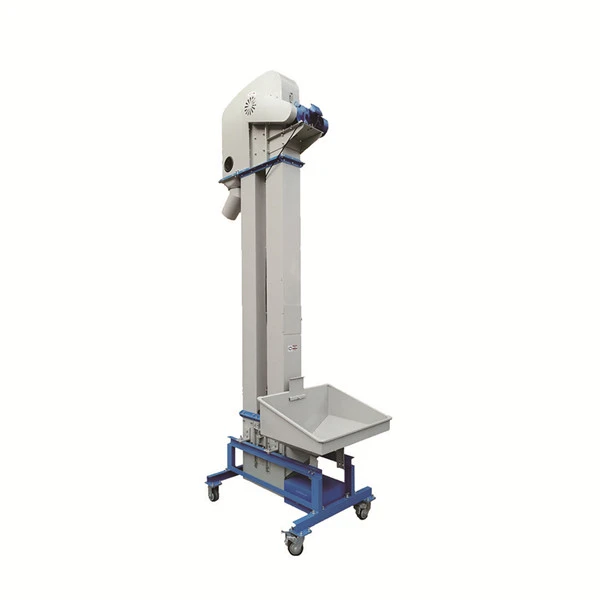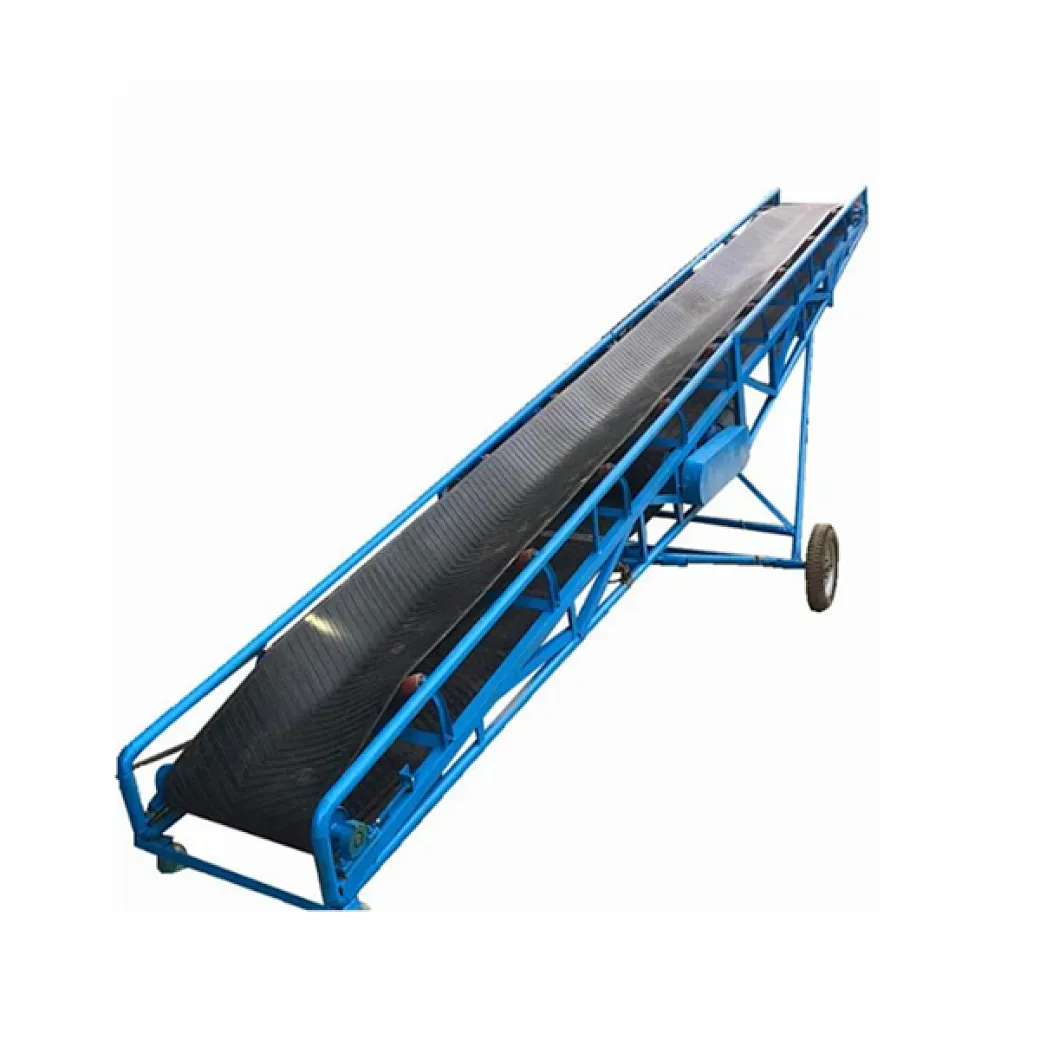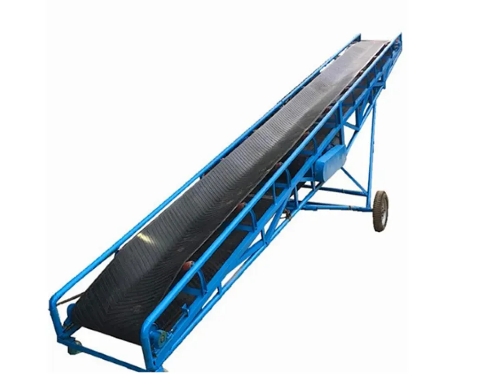The main difference between an elevator and a conveyor lies in the direction and method of material transportation. An elevator, often called a bucket elevator, is designed primarily for vertical lifting of bulk materials. It uses a series of buckets attached to a continuous belt or chain that scoops up materials at the bottom and carries them upward to discharge at a higher point. This vertical movement allows elevators to transport materials efficiently over tall heights or between different floor levels in a compact footprint. Elevators are ideal for moving granular or powdery materials like grains, ores, and cement vertically without spillage.
In contrast, a conveyor is used to transport materials horizontally or at a slight incline over longer distances. Conveyors come in various types, such as belt conveyors, screw conveyors, or roller conveyors, each suited to different materials and applications. Belt conveyors use continuous belts to carry bulk or packaged goods smoothly, while screw conveyors use rotating helical screws to move materials inside a trough. Conveyors are commonly used to transport materials between different processing stages in factories, warehouses, or mining sites.
In summary, elevators are specialized for vertical transport using buckets, making them suitable for lifting materials efficiently to higher elevations, whereas conveyors focus on horizontal or inclined movement, providing continuous transport over distance. Both systems can be integrated in industrial setups to optimize material handling but serve distinct purposes based on their design and directional capabilities.
Beibu Machinery









